A new paper explores the genetic signatures of extreme inbreeding in the Isle Royale wolf population that led to its ultimate collapse, leaving just a single pair of non-reproductive old wolves.
The pair are father-daughter and share the same mother. Such close inbreeding leads to genetic anomalies, which likely are the main driver behind the wolf population crash over the past decade.
In the fall and winter, 13 new wolves were reintroduced to the island. While Isle Royale and its wolves are an extreme example, population genetics have guided conservation decisions for decades. A better understanding of the genetic makeup of the Isle Royale wolves provides insight into how wolf reintroduction will impact the island’s population and more generally help conservationists meet challenges with increasingly fragmented habitat and genetic pools around the world.
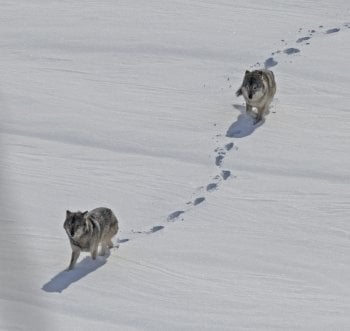
The paper, which will publish in Science Advances next week, dives into the inbreeding depression within the Isle Royale wolf population caused by homozygosity. That is, when genes carry identical strains of genetic code, they are more likely to cause recessive, or uncommon, traits. Inbreeding can lead to deleterious recessive mutations causing spinal deformities and other health problems, which makes an already tough life of being a wolf on a remote island even harder.
"This new study, including whole-genome analysis of wolves from Isle Royale, directly links specific candidate genes with spinal abnormalities, which became more prevalent as decades progressed and inbreeding became more severe," said Rolf Peterson, research scientist in the School of Forest Resources and Environmental Science at Michigan Technological University.
The genomics mapping project was led by a team from the University of California, Los Angeles, in collaboration with Michigan Tech, University of California, San Francisco and Swedish Museum of Natural History.
Michigan Technological University is an R1 public research university founded in 1885 in Houghton, and is home to nearly 7,500 students from more than 60 countries around the world. Consistently ranked among the best universities in the country for return on investment, Michigan's flagship technological university offers more than 120 undergraduate and graduate degree programs in science and technology, engineering, computing, forestry, business, health professions, humanities, mathematics, social sciences, and the arts. The rural campus is situated just miles from Lake Superior in Michigan's Upper Peninsula, offering year-round opportunities for outdoor adventure.
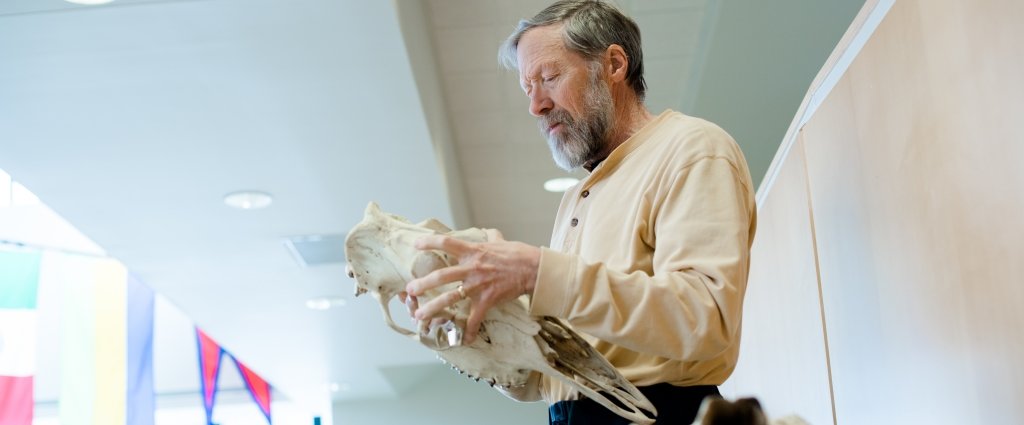

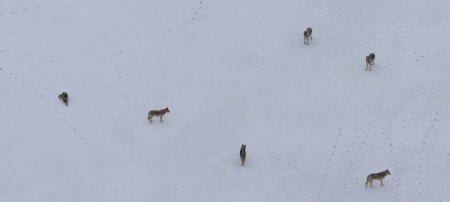
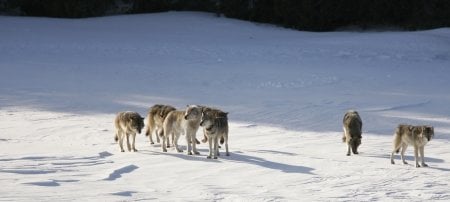

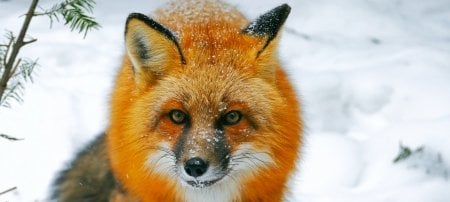
Comments